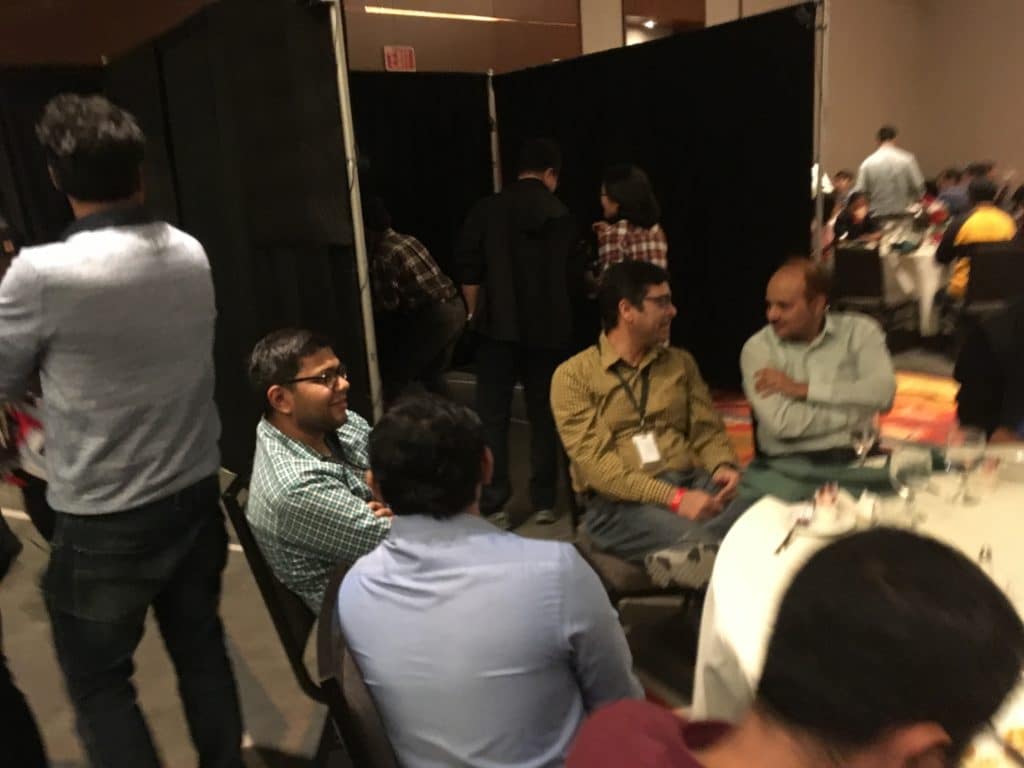Build a successful team building event
The GRID is an ideal environment for team building and team bonding. HyperTag challenges are a fun way to practice communication and collaboration in order to achieve success.

What is Team Building?

No matter what your group’s goal, team building is one of the most important steps toward achieving that goal in the best way. Having trouble accomplishing the task? Team building may be the the missing piece for your organization. In many cases, you’ll still get the job done, but may miss out on many crucial benefits of team building.
What are the benefits of team building?
Increased productivity:
In most cases productivity will boil down to the number of tasks being accomplished in a given amount of time. It may seem counterintuitive to do anything with your team other than practicing the assigned tasks. However, many group dynamics that stifle productivity can only be drawn out and worked on in team building environments.
Factors of productivity that team building can improve:
- Motivation
- Focus
- Problem solving skills
- Communication
- Morale
Better group cohesion:
Group cohesion involves a team’s feelings of unity and individuals abilities to get along with others in the group. Each person in the team needs the sense that they are an integral piece of the team- identifying themselves as a part of the team organism and understanding the importance of their role in it.
How does team building work?
Any shared activity might be called team building, but to make sure a team gets results that will have a lasting effect, a more thoughtful approach is required.
There are many models and philosophies about teams available. In every team building activity, there is the opportunity to see the various dynamics of these philosophies play out. If the team does not understand the way team building activities can influence them or is not looking for the signposts of these influences, the potential of the activities may be lost. Depending on the history of your group and the approach you take, results may vary. To insure the best results, it is best to learn about the models and assess their application as a team. Each approach will have some value and your team can select which aspects they like the best or add some of their own!
Below is a team development model created by education psychologist Bruce Tuckman known as “Tuckman’s Stages”:
- Forming: Members are getting acquainted to the environment and their roles. Leadership and authority are important to define the paradigm.
- Storming: The most difficult and most important stage to work through. The task is understood and work is being done, but individual personalities are emerging and conflicting. Productivity drops as members are distracted by the ongoing conflicts. If differences aren’t worked out here, they may cause bigger issues down the road.
- Norming: Individual positions are better defined as natural talents emerge. The most obvious conflicts have been addressed, but if more arise the group may fall back into storming.
- Performing: Minor interpersonal differences have been worked out, and complex differences are in process. If a conflict arises, the structure is in place to take people through a process to effectively deal with the issue. Times of peak productivity occur more frequently.
- Adjourning: This is the wrap up stage. Some final tasks like documentation or a celebration are in order. In many cases, work will continue with new people and so the process will begin again.
